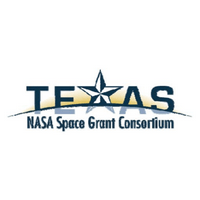Texas Space Grant Consortium
Coding for Kinder – Baguio

professional development trainings for educators that teach kindergarten students in the Rio Grande Vaiiey of south Texas using Bee-Bot, an exciting new robot designed for use by young children. By using this robot, we will provide educators the skills to begin simple, yet engaging, programming lessons in their classroom. Students from underrepresented audiences and in underserved communities rarely have the opportunity to learn programming or have the economic means to utilize a mini-robot to teach these skills. Each teacher will receive their own robot and mats to use in the classroom. We will encourage teachers to work in teams in their district to combine robots for a classroom set where schools do not have funds to purchase a classroom set. We will train 50 educators who will use the program with 1 ,250 students. By motivating students, Bee-Bot can be used to introduce and teach a wide-range of subjects and enhance student skills in all areas. The management team will develop a mat for Mars and Lunar exploration.
Coding for Kinder directly supports the goals and objectives of the Texas Space Grant Consortium.
1. Assist K-12 teachers in exciting their students to learn math and science though space based activities.
Using technology and programming as the hook students will learn sequencing, estimation, and problem-solving as they explore the Mars and Lunar surface on maps designed for the Bee-Bot.
2. Increase K-12 educator knowledge in space related fields.
We will provide kindergarten teachers with the necessary skills and knowledge to teach students simple programming tasks, space science and technology during professional development training. Examples of robots used for space exploration and their importance will be shared with educators.
3. Increase K-12 students knowledge in math and science through space related activities.
Utilizing mats designed for the Bee-Bot robot, such as Number Line, Dice Mat, and Mars and Lunar Exploration maps, students will conduct simple math and space science activities.
4. Increase the publics appreciation for the direct and indirect benefits of NASA sponsored research.
We will use local media to promote activities in the classroom and invite the public to a Bee-Bot demonstration event conducted by the students.
5. Direct programs to areas of the state that have the few space related resources.
The U.S.-Mexico borderlands area in South Texas is an area of expanding population growth where residents are younger and poorer than the U.S, population as a whole. 96% are Hispanic and every county in the region is economically disadvantaged. All students are on free or reduced lunch.

